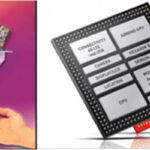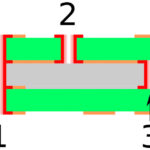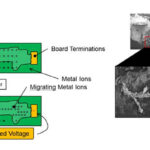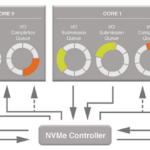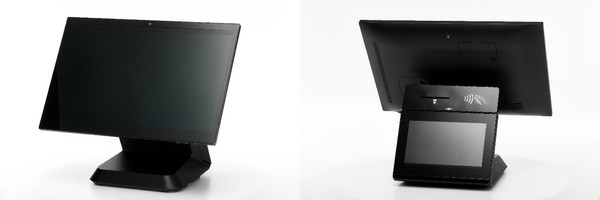
As the use of workstation computers is becoming increasingly prevalent throughout the industry, USI has developed the Ultra-Small Form Factor mini-workstation motherboard, utilizing its placement & layout optimization technology.
The host computer of a mini-workstation features efficient computation capacity and mobility, which allows customers to integrate their system into a small case. At the same time, it is equipped with high performance, flexible expandability, sufficient memory and storage devices, and the requisite reliability for a workstation.
The integration of technologies has been a particular focus in the year 2022, according to the significant technology forecasts published by Gartner. Their projections also proposed six new concepts that impact the integration of future mainstream technologies, including Hyper Automation, Generative AI, AI Engineering, Cybersecurity Mesh, Distributed Enterprise, and Total Experience (TX).
All these applications rely on efficient processors during the operation process to collect and analyze data. In addition, the rapid development of various AI scenarios and edge computing will continue to drive the demand for workstation computers.
The Ultra-Small Form Factors mini-workstation motherboard was developed jointly by USI and its customers. It is designed to work on Windows and Linux operating systems with higher levels of stability and safety. It is equipped with up to a 12th generation IntelCore I9 vPro processor and IntelXeon processor, which can enhance data protection through ECC RAM. It also supports M.2 PCIe Gen 4 NMVe rapid storage. It is integrated with a standalone professional NVIDIA Graphic card, allowing for use in the fields of machine learning (MI), artificial intelligence (AI), and deep learning (DL).
The Associate Director of Computer Products Business at USI, Argus Chen, pointed out that the company’s R&D team, boasting over 30 years of experience in X86 platform design, had utilized miniaturization technology to modularize specific functional circuits (e.g., the power supply control circuit, audio circuit, and I/O interface circuit), and ported the optimized design over to the Ultra-Small Form Factor mini-workstation motherboard. This imbued the motherboard with two advantages: a fixed motherboard size to reduce the development time and workforce resources invested by ID and mechanisms. Secondly, it is easy to integrate into a minor case, phase out among data centers, and significantly reduce building space.
Combined with its rich experience in motherboard design and verification, USI has developed individual and workstation motherboards that can run on various computing products by optimizing the PCB layer stack-up and modular circuit layout.
In addition to being used in small individual workstations for individual professionals, the Ultra-Small Form Factor mini-workstation motherboard can also help enterprises further integrate additional workstation systems and be more significant space and cost-efficient to make high-density, rack-based workstations in data centers a reality.

